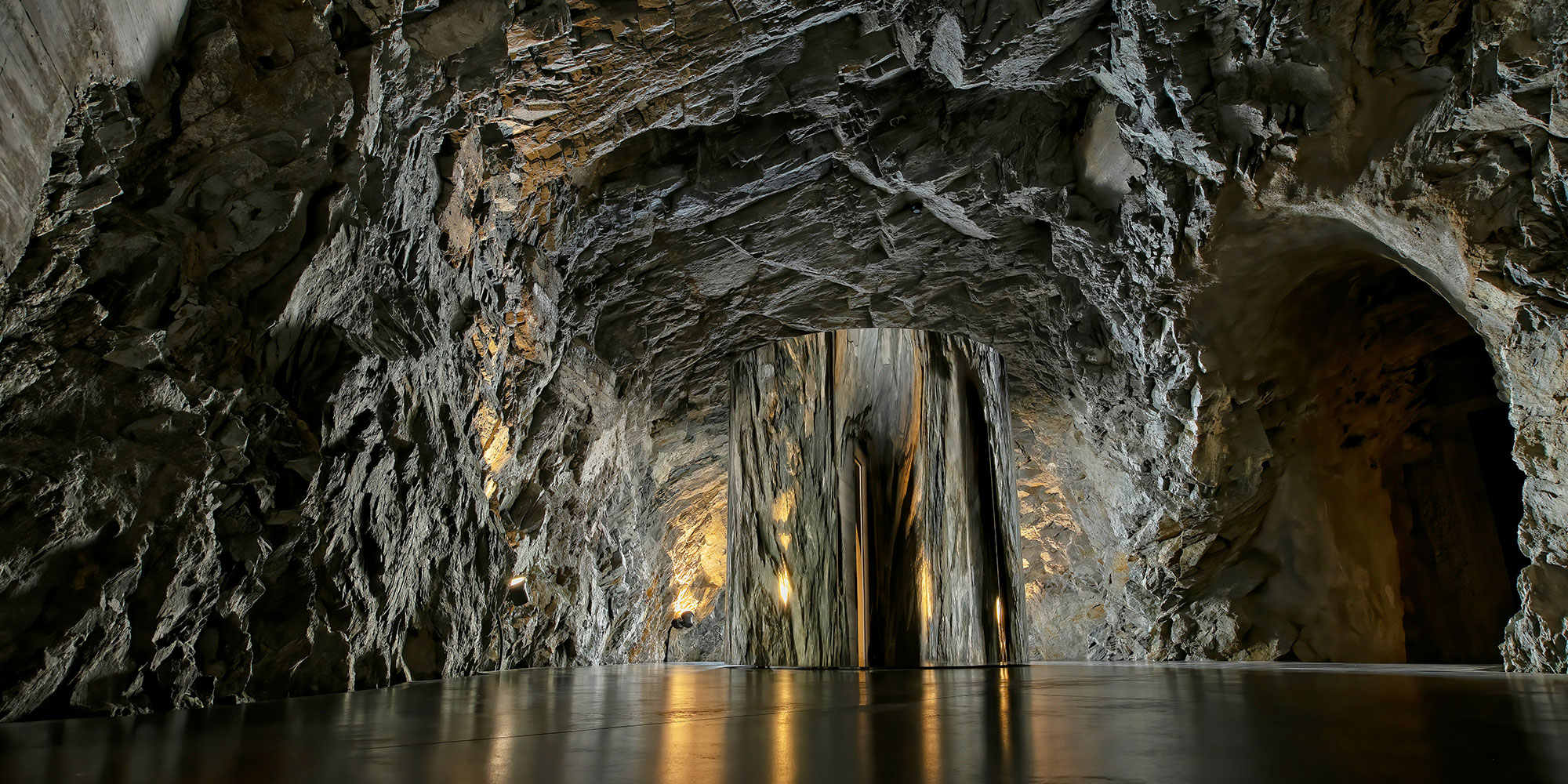
Two Must-Visit Private Museums: From the Swiss Alps to Japanese Hills
Cultured civilizations have long revered the institution of museums. Carefully curated and filled with precious treasures, these bastions of learning, reflection, and inspiration showcase the evolving story of humanity—through objects drawn from the worlds of history and art.
While the opening of the British Museum in 1753 marked the world’s first national public museum, the art of museum-making dates back much further—to 530 BCE, when Babylonian princess and high priestess Ennigaldi-Nanna became the first known curator of a public collection of antiquities. Over the millennia, landmark institutions have followed—the Louvre, the Victoria and Albert Museum, and the National Museum of Taiwan, to name a few. Today, however, a handful of burgeoning niche institutions are quietly emerging within the landscape of contemporary cultural consciousness.
These private, independent museums are sometimes found far from major urban centers, trading crowds and bustle for remote wilderness and tranquil landscapes. For those willing to undertake a cultural pilgrimage, they reveal avant-garde architecture intrinsically connected to its natural surroundings—structures as artistically compelling as the artifacts they house. Meanwhile, dynamic curatorial approaches invite novel, thought-provoking ways to appreciate beauty.
In this article, Magnifissance invites you to join us on a journey to two hidden sanctuaries of culture. Let’s begin in the verdant valley of the Swiss Alps, home to Muzeum Susch, then venture to Japan’s blossom-strewn Shigaraki mountains to discover Miho Museum.

Muzeum Susch: An alpine haven of women’s art
Tucked deep within the lush Engadin valley along the Inn river, and surrounded by looming Alpine peaks, Muzeum Susch rests quietly in the tiny Swiss village of Susch. Since opening its doors in January 2019, it has become a veritable haven of exceptional works by modern and contemporary female artists.
The museum is the vision of Grażyna Kulczyk, a Polish entrepreneur and devoted patron of contemporary art. She stumbled upon the site by chance a decade ago, while on a scenic drive through the rural wilds of Engadin. As she explored the sleepy village—once a waypoint on the ancient pilgrim trail to Santiago de Compostela—she was captivated by its tranquil beauty. There, nestled in the heart of the mountains, she discovered the crumbling remains of a 12th-century monastery. Inspired, she envisioned transforming the historic ruins into a cultural retreat—one dedicated to contemporary female voices, a cause especially close to her heart.

Kulczyk enlisted the talents of Swiss architects Chasper Schmidlin and Lukas Voellmy to realise her vision. They sensitively restored and evolved the pre-existing monastery structures with deference to their distinctive character, while creating stunning exhibition spaces within buildings that had undergone numerous renovations over the centuries—including a stint as a brewery in the 19th century. The most thrilling aspects of the architecture, however, are the bold new areas carved directly out of the mountainside itself, resulting in the excavation of approximately 9,000 tonnes of rock.
Inspired for a Beautiful Life
Related Articles

A Deep Dive into East Asian Beauty and Philosophy
Discovering East Asian wisdom with Professor Chang Ko-chin

Enjoy the Timeless Beauty of Spring Solar Terms
Embrace the New Year with the beauty and wisdom of the ancient Chinese calendar

De Gournay: Stories Behind the World’s Most Beautiful Hand-Painted Wallpapers
De Gournay, a manufacturer of some of the highest quality hand-painted wallpaper, textiles and decor on the market today, is based in the UK. It was founded in 1986 but its intercontinental design tradition began around 1658. Back in the 17th century, Europe woke up one morning to find a handful of items had arrived …
De Gournay: Stories Behind the World’s Most Beautiful Hand-Painted Wallpapers Read More »










